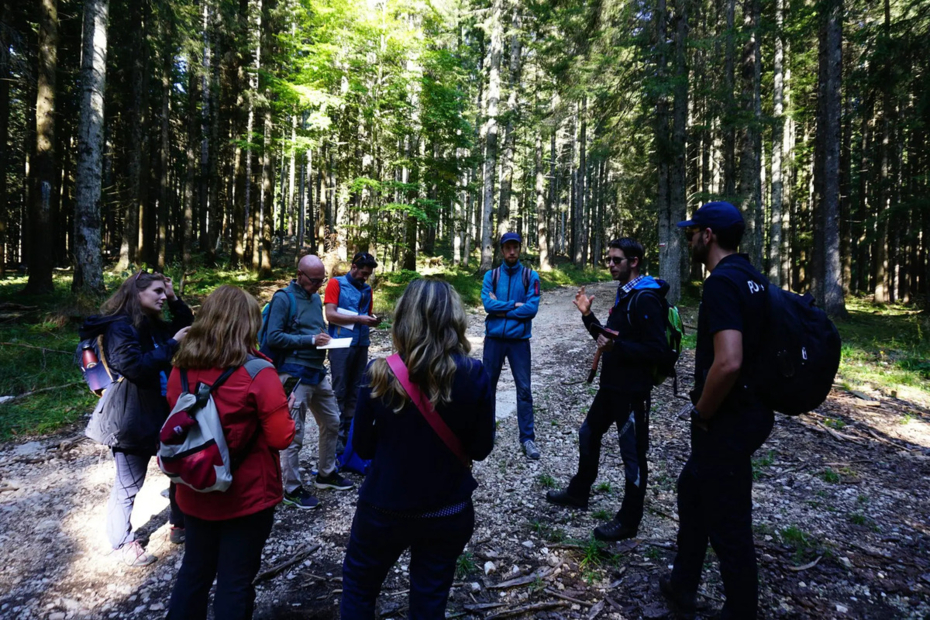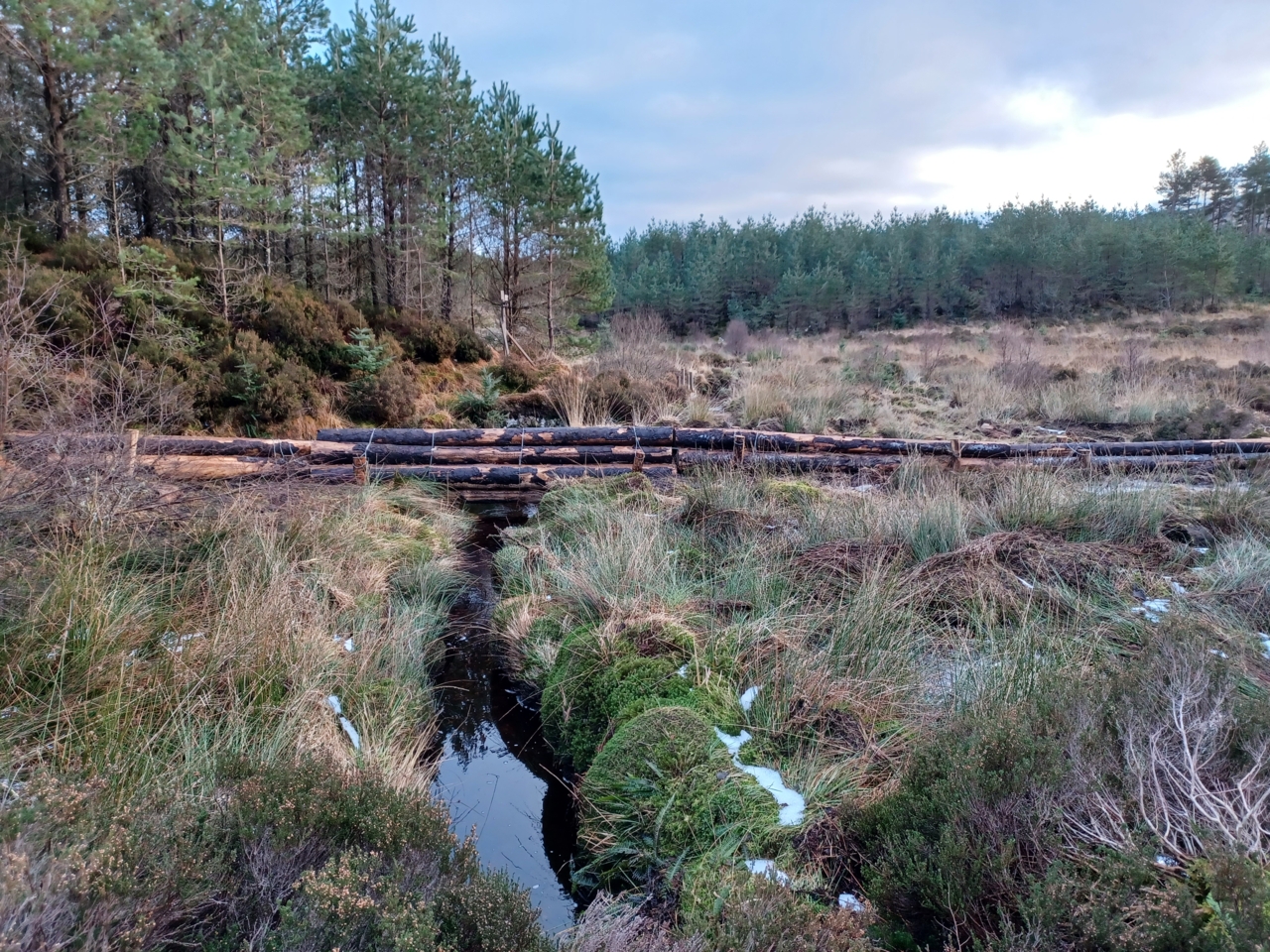
5.3 Local good practices & existing networks

Stakeholder engagement and in particular the participation of local communities is crucial for your successful and sustainable forest restoration for several interrelated reasons. Firstly, involving communities, landowners and other local stakeholders in decision-making processes can help deliver restoration policies and practices appropriate for a given social and environmental context. This ensures that your outcomes are aligned with local needs and values, resulting in higher levels of key stakeholder satisfaction and support. Secondly, by involving stakeholders who have a deep understanding of the local natural environment and the socioecological system in which it is embedded, your projects or other activities can benefit from their knowledge and experience. This leads to more effective and targeted restoration activities and increases the likelihood of achieving the desired ecological and societal outcomes and long-term sustainability. Thirdly, the active participation of local stakeholders in restoration decision-making processes strengthens their transparency and accountability. This can enhance public trust and legitimacy for restoration projects, instilling confidence in their objectives and actions. The resultant legitimacy provides you with a solid platform for ongoing support and cooperation, facilitating the smooth implementation and long-term success of the endeavours. Fourthly, meaningful participation can increase stakeholders’ interest in nature and their understanding of ecosystem complexity. It can also make them more aware of the benefits that (their participation in) forest restoration can bring to them individually and to society. This too can lead to greater motivation among stakeholders (including landowners) to cooperate on protecting and preserving forests for future generations. Thus, overall, co-creative stakeholder engagement can contribute to long-term project sustainability by fostering a culture of local environmental stewardship, ensuring that the restored ecosystem is valued and cared for over time by people who have direct knowledge and experience of the forests.
Related resources
The Vaia storm five years later – lessons for forests and people
Tropical storm Vaia (2018) devastated Northern Italy’s Asiago Plateau, felling over 14 million trees. The Asiago Oltre Vaia project which is led by local authorities and partners, aims to restore forests with diverse species to boost resilience and biodiversity. Using science and eco-friendly methods, they monitor plantings to create stronger forests for the future.
Cost-effective timber-based flood risk management
In rural areas, rising seasonal rainfall can cause flooding that threatens communities, tourism, and local businesses. Hard engineering methods like dams, reservoirs, channels, and embankments are costly and harm habitats, biodiversity, water quality, and soil fertility, while also reducing landscape value. In contrast, Natural Flood Management offers a cost-effective, nature-based alternative that reduces flood risk while benefiting ecosystems and local communities.





